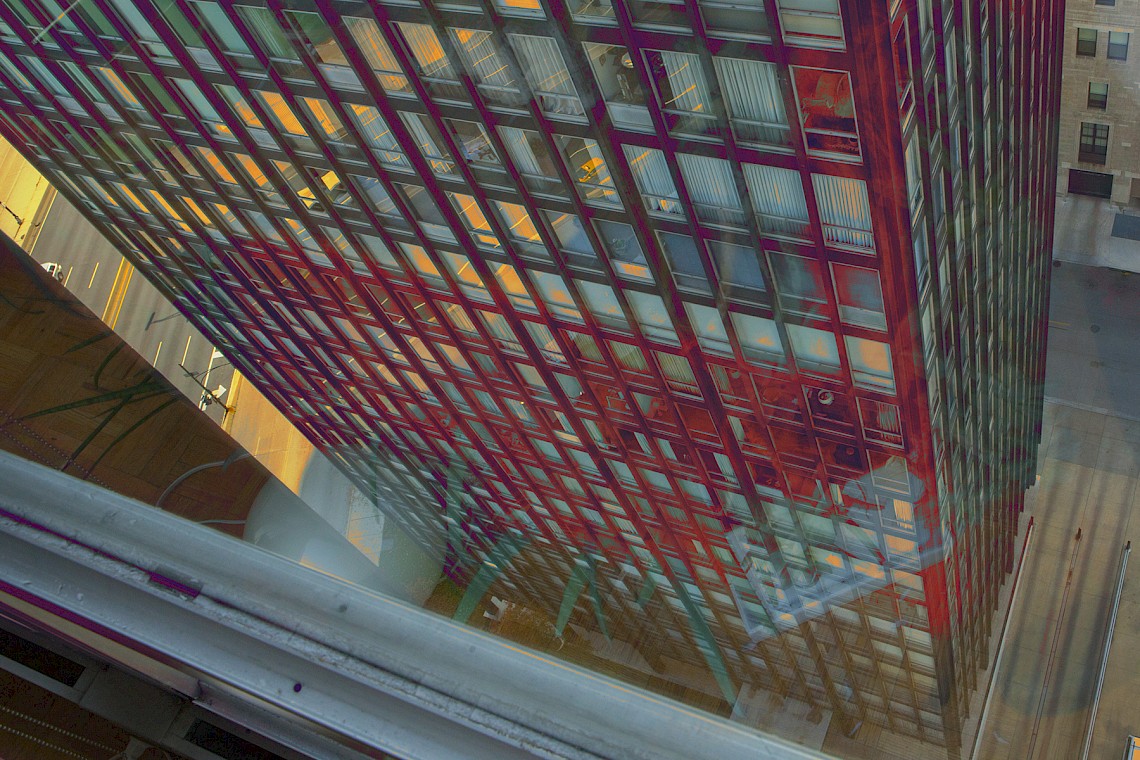The Chicago Architecture Biennial’s artistic co-directors Sharon Johnston and Mark Lee have ignited an important conversation about the direction of architecture through the thematic lens of the 2017 edition, MAKE NEW HISTORY. These words have a powerful poetry (which Sharon and Mark explain, is indebted to an art book by the Los Angeles artist Ed Ruscha). They strike me as both a declaration and reminder that the future of the built environment is deeply connected to learning from our collective past.
As a platform to engage a broader public in the most important discussions shaping the field of architecture, the Biennial’s intentions are given focus by this selected theme, which will be further articulated through the creativity of 120-odd architectural participants from around the globe whose works will be exhibited in the Cultural Center and sites throughout Chicago. Ultimately the conversations the Biennial opens up are amplified through the programming of varied partners. Their lectures, films, performances, problem-solving workshops and other events will address Chicago as a unique and specific place and engage both Chicago citizens and visitors from all walks of life.
With these intentions for the Biennial in mind, I’m delighted to introduce this blog as a digital space to explore the various dimensions of what we have planned for 2017. Working with the editorial team from Consortia, participants, partners and Biennial staff will share words and images that provide behind the scenes glimpses of work in progress as well as insights into the thinking and creativity going into the Biennial. Each piece will integrate links, images, and further reading in partnership with Are.na, a new online platform for building knowledge. These stories will also appear across the web thanks to Biennial blog partners ArchDaily, Archinect and Architizer.
In coming posts, we’ll invite participating artists and architects to explain how the histories of buildings and their makers inform and inspire their thinking. They’ll demonstrate how the imperative to “make new history” helps them investigate the social aspects of the world’s great cities diverse traditions of spatial representation or the origins of building materials and techniques (from enduring traditions from the Old World and indigenous cultures to the ubiquitous kit of parts in today’s big box stores).
Because I believe the Biennial’s most remarkable success will be measured in the responses of citizens who leave caring about and increasingly conversant with the concerns of innovative architects working on our collective future, I’m most anticipating the stories that will unfold between September 16 and January 7 in the lives of people who visit. These stories we can only now just imagine. For example, how will the 15,000 young Chicagoans served through our education partnership with the Chicago Architecture Foundation be inspired by the way global architects reimagine Chicago’s architectural legacies – from the high-rise to the urban plan? Or, what will participants working in an amazing range of world settings, from rural India to Swiss cantons to big city Mexico, and visitors coming to Chicago from equally varied geographies, take away from the activations this second Biennial inaugurates in all of Chicago’s communities? The conversation is only just beginning. Stay tuned.
Above: James Welling, 8183, 2016 from the series Chicago, 2016-2017, Courtesy the Artist and David Zwirner, New York and London
Explore the list of CAB program partners on Are.na:



